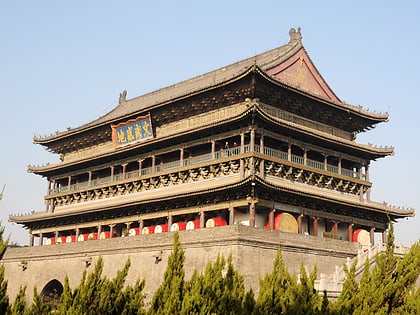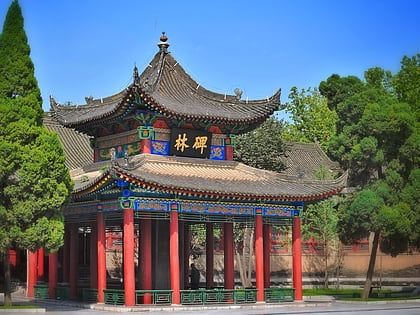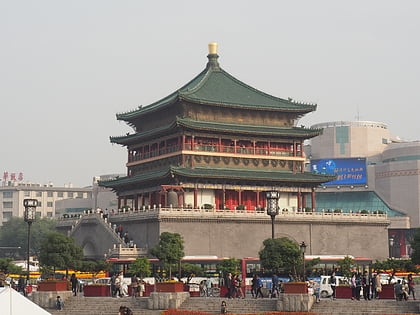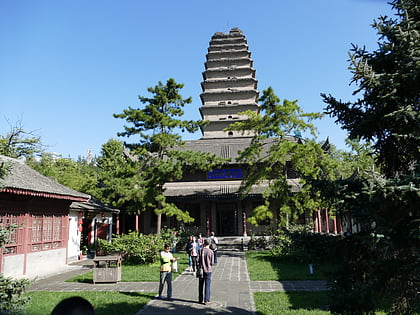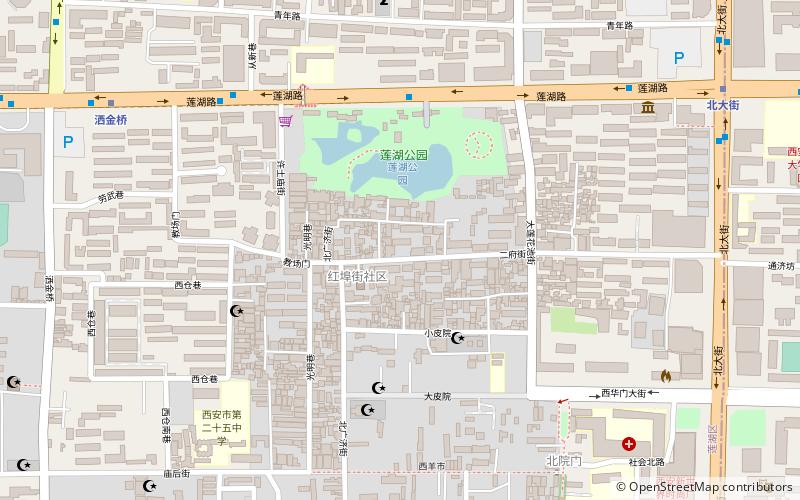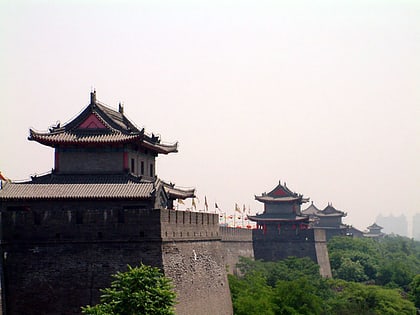Weiyang Palace, Xi'an
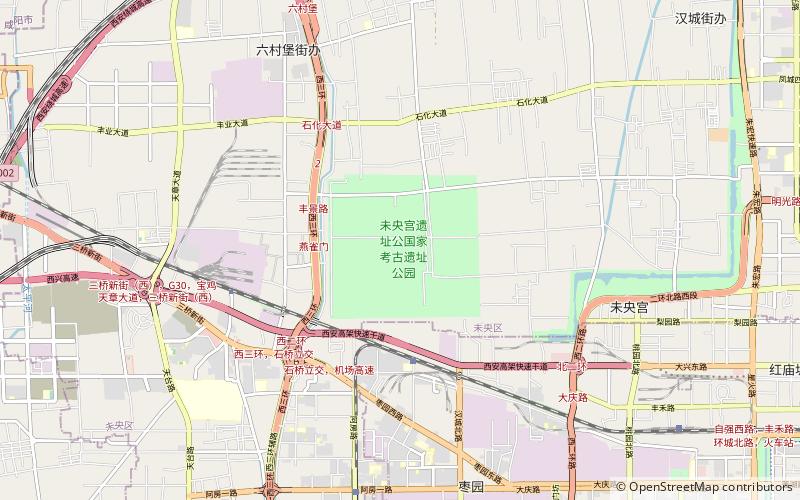
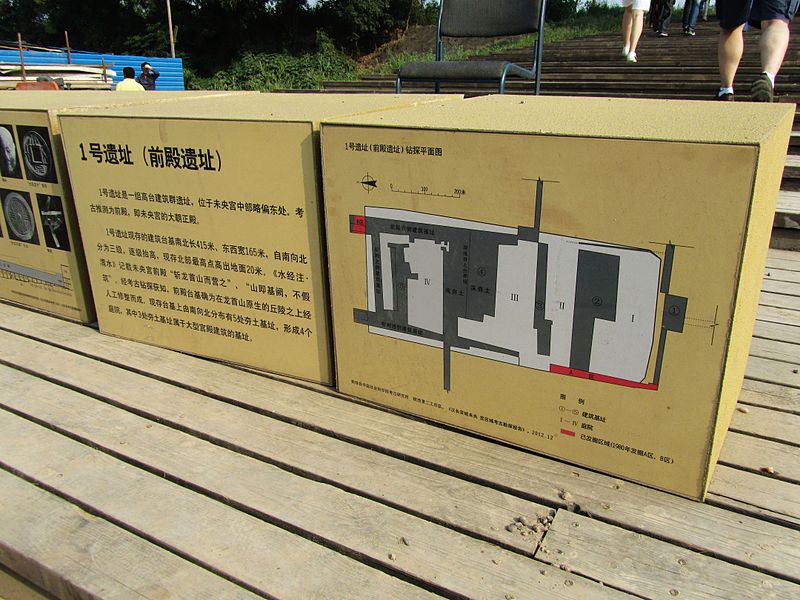
Facts and practical information
Weiyang Palace, nestled in the historical city of Xi'an, China, stands as a testament to the grandeur of the Tang Dynasty. The remnants of this ancient palace offer a glimpse into the architectural and cultural sophistication of a bygone era. Constructed during the reign of Emperor Yang of Sui in the 7th century, Weiyang Palace was the largest palace complex of its time, covering an area of over 4.8 square kilometers.
Despite the passage of centuries and the inevitable erosion by time, the ruins of Weiyang Palace still capture the imagination of visitors and historians alike. The site was at the heart of the Tang dynasty's political and cultural life, serving as a central hub for imperial ceremonies and governance. The palace's design influenced subsequent Chinese architecture, cementing its legacy in the annals of architectural history.
Today, Weiyang Palace is recognized as an invaluable cultural heritage site. It provides scholars with vital insights into the urban planning, construction techniques, and aesthetic preferences of ancient China's ruling elite. While much of the palace's original splendor has faded, the layout of the complex can still be discerned, with some walls and foundations offering a physical connection to the past.
Visitors to Xi'an can explore the site, which is open to the public year-round. Walking through the palace grounds, one can imagine the grandeur that once filled this space. The vast open areas hint at the scale of events once hosted here, from grand imperial feasts to solemn state affairs.
Xi'an
Weiyang Palace – popular in the area (distance from the attraction)
Nearby attractions include: Drum Tower of Xi'an, Stele Forest, Bell Tower, Small Wild Goose Pagoda.
Frequently Asked Questions (FAQ)
How to get to Weiyang Palace by public transport?
Train
- Sanmincun (28 min walk)

